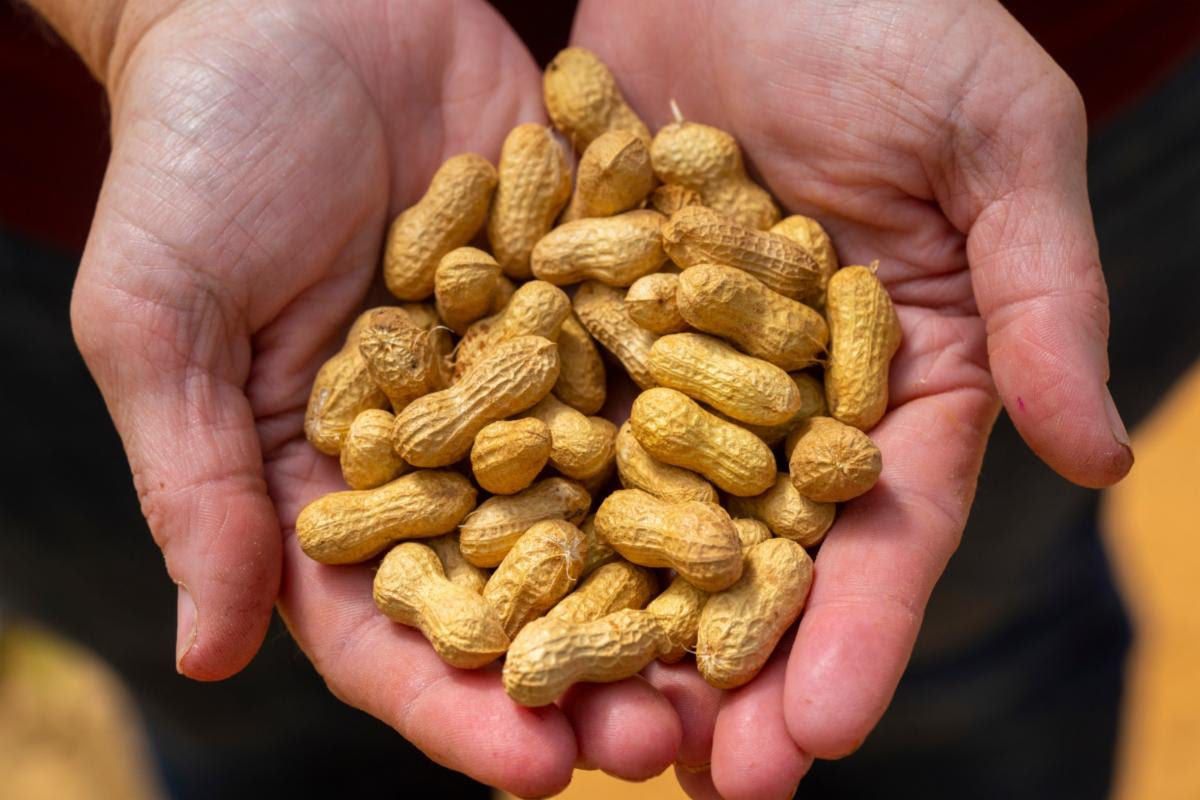|
News Bits
A turn to colder, wetter conditions in parts of the Midwest and Plains last week limited corn harvest activity. The USDA says 96% of the crop is harvested as of Sunday, only up slightly on the week and behind last year, but still just ahead of the five-year average. Forecasts for this week are generally a little bit warmer for most of the region.
The winter wheat crop is fully planted and 91% of the crop has emerged, compared to 89% on average, with 50% in good to excellent shape, an improvement of 2% from a week ago and 16% from a year ago.
83% of the cotton crop is harvested, compared to the normal pace of 79%.
This is the final national crop progress and condition report for 2023, with the weekly numbers resuming April 1st, 2024.
Oklahoma Farm Report radio network
In January of 2023, the beef cow herd number issued by the USDA was at 28.9 million head. This number is a 4 percent drop compared to January of 2022.
Looking back to 2019, the beef cow herd number was at 31.8 million head. It has trended lower year by year since then.
And most analysts agree that the predicted beef cow herd number for January of 2024 is sure to be lower than a year ago. "I think the beef cow herd, on January 1 of 2024 will be down at least 2 percent, and I am really thinking it is going to be more like 2.5 percent on a year-over-year basis," Peel said.
Based on the continued rates of slaughter and feedlot placements, Peel said it only makes sense that there will be a large drop in numbers.
"If my number is at all close to correct, it will be the lowest beef cow herd since 1961," Peel said. "It is just a tick over 28 million head is where I have got my estimate right now."
There is no pipeline of replacement heifers, Peel said, so this will prologue the rebuilding process.
"When we do start trying to hold heifers for rebuilding, we are going to be holding heifer calves," Peel said. "That in of itself is a two-year process to get those heifers into production."
The Beef Buzz is a regular feature heard on radio stations around the region on the Radio Oklahoma Ag Network and is a regular audio feature found on this website as well. Click on the LISTEN BAR for today's show and check out our archives for older Beef Buzz shows covering the gamut of the beef cattle industry today.
To read the entire report and listen to the interview click here.
by Sabrina Halvorson, Hoosier Ag Today radio network
A proposed northern California anti-agriculture measure could have an effect nationwide. The measure in Sonoma County would eliminate animal agriculture in that county.
"It would outlaw all animal agriculture in the county. That would affect dairies, that would affect poultry operations," said Director of Political Affairs with the California Farm Bureau, Steven Fenaroli, who explained those are two of the biggest animal ag industries in the county.
The measure titled "Prohibition on Concentrated Animal Feeding Operations" is backed by an animal rights extremist group, which has already collected more than 18,000 signatures toward putting the measure on the ballot. It has until March to collect the remaining two thousand verified signatures needed. The trajectory shows it will go to the voters, and Fenaroli says that's something that the agriculture industry around the nation should keep a watchful eye on.
"A lot of the country, I think, begrudgingly looks to California and they kind of say, 'Oh gosh, California, what are they doing now?' But I think this thing has national implications. If a group can qualify a measure and they can outlaw animal agriculture in a county, that sets up a recipe, a playbook, for them to repeat that not only throughout the state but throughout the country," Fenaroli said.
He said when political attacks like this come up, it's important for the ag industry to gather the troops and fight back.
To read the entire article click here.
- The Plant Variety Protection Act (PVPA) prevents the illegal sale of federally protected seeds
- Grower agrees to cease and desist efforts to offer to sell PVPA-protected AgriPro® wheat seed
Syngenta has reached a settlement agreement with Marty Fletchall of Beloit, Kansas, in response to Syngenta’s allegations of Mr. Fletchall’s unauthorized selling and offering to sell of AgriPro® SY Monument variety.
Under the terms of the settlement agreement, Fletchall has agreed to cease and desist from all further efforts to offer to sell and/or sell Syngenta PVPA-protected wheat seed varieties. Fletchall will also pay a fine to Syngenta as part of the settlement agreement.
|
 The 2023 peanut production is 107% higher than last year although the state has experienced extreme drought.
The 2023 peanut production is 107% higher than last year although the state has experienced extreme drought. The 2023 peanut production is 107% higher than last year although the state has experienced extreme drought.
The 2023 peanut production is 107% higher than last year although the state has experienced extreme drought.